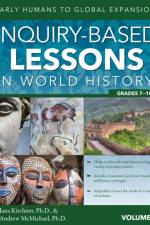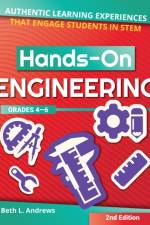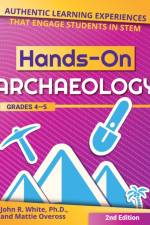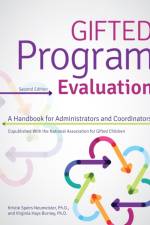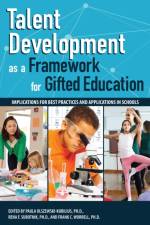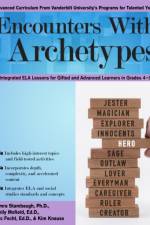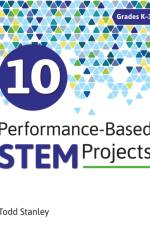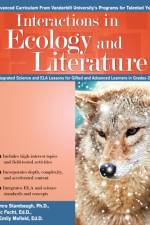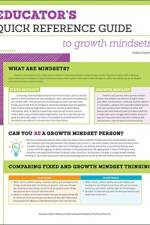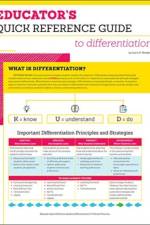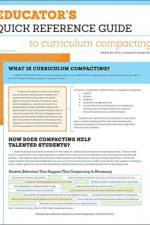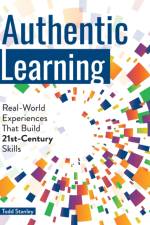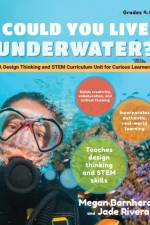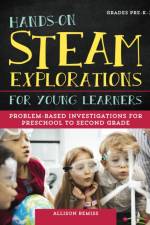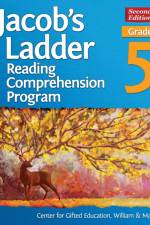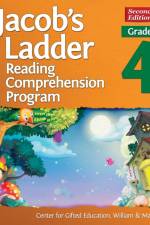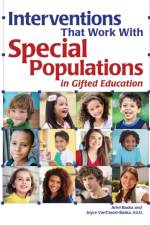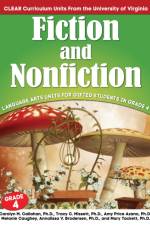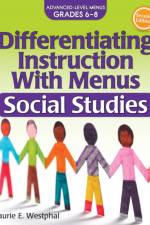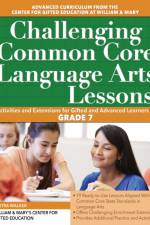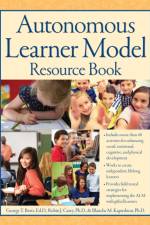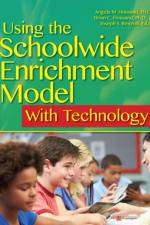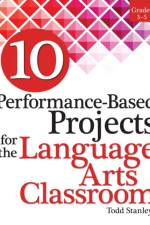- Grade 5
av Mary Center for Gifted Education & William
565,-
The Jacob''s Ladder Reading Comprehension Program targets reading comprehension skills in high-ability learners by moving students through an inquiry process from basic understanding to critical analyses of texts, using a field-tested method developed by the Center for Gifted Education at William & Mary. Students in grade 5 will learn to comprehend and analyze any reading passage after completing the activities in Jacob''s Ladder, Grade 5 (2nd ed., previously published as Level 3).Research conducted by the Center for Gifted Education with Title 1 students demonstrated that the Jacob''s Ladder Reading Comprehension Program delivers results related to improved reading comprehension, increased critical thinking, and an enhanced interest in reading. Using skill ladders connected to short stories, poetry, essays, and nonfiction, students move from lower order, concrete thinking skills to higher order, critical thinking skills. The ladders include multiple skills necessary for academic success, covering language arts standards such as sequencing, determining cause and effect, classifying, inferencing, and recognizing main ideas. The second edition of the book builds off the previous Level 3 edition, including new readings and ladders for student use.This book provides teachers with an explanation of the nature of supplementary tasks that scaffold reading comprehension. Also included is an overview of the goals and objectives of the Jacob''s Ladder tasks and suggestions for implementation, giving every teacher the tools needed to promote successful reading comprehension. Optional Student Workbook PacksIn addition to this teacher''s guide, companion student workbooks are available for Poetry, Short Stories, and Nonfiction and Essays/Speeches. The student workbooks feature ample room for student responses and notes, make reviewing and providing feedback on student work easier than ever, provide students with an easy-to-use reference to use during discussions, and save time, as there is no need to reproduce student handouts.Grade 5


